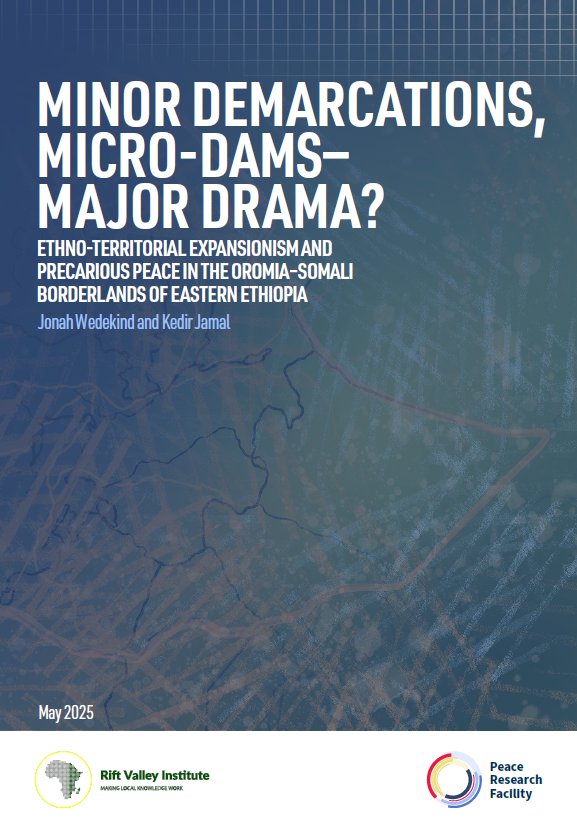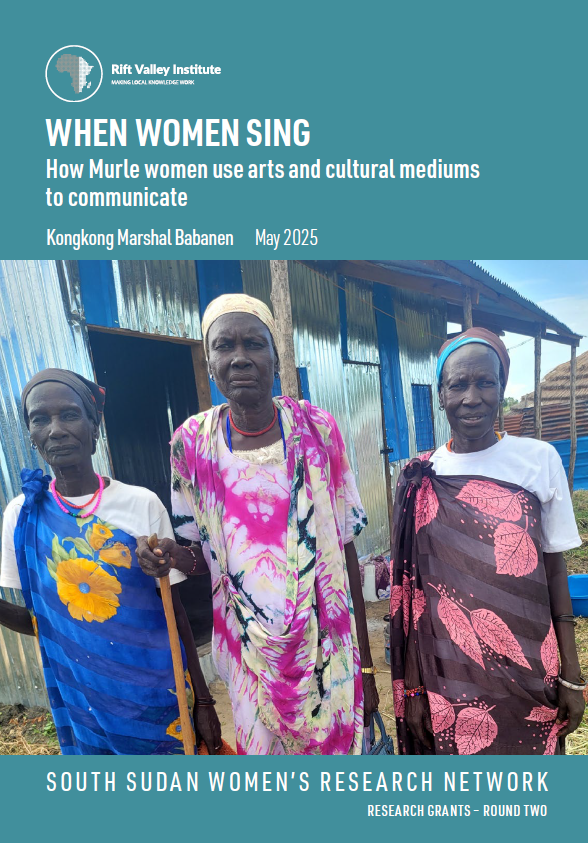When Kenyans voted in favour of a new constitution in the 2010 referendum, they endorsed many considerable changes to the country’s political, legal and institutional landscape. This included the introduction of a quota system intended to limit the domination of political offices by one single gender. Known as the Gender Principle or Rule, Article 27(8) of the constitution limits the representation of the majority gender to no more than two-thirds. The Gender Rule applies to the national—senate and national assembly—and county governments, and includes elective, appointive, nominated and official positions.
Despite the introduction of the Gender Rule, at the 2013 elections women aspirants continued to face many challenges in accessing leadership positions. Neither the National Assembly nor the Senate have met the two-thirds gender rule. Most county governments only reached the threshold through the nomination rather than the election of women. The Rift Valley Institute, with the support of the East Africa Research Fund (EARF), has embarked on a major research study looking at the leadership and influence of women in politics in Kenya.
The research aims to:
1. Map the level of women’s representation in decision-making roles in the Government of Kenya (GoK);
2. Identify the factors that impact the level of women’s representation in decision making roles in the GoK;
3. Evaluate the impact of the two-thirds gender rule and women’s representation in politics on human and economic development outcomes.
The study is being undertaken by a team of seven Kenyan and US researchers, and is led by Dr Yolande Bouka. The research commenced in September 2016 with fieldwork conducted in Kilifi County, Nyandarua County and Kisumu County, and at national level.
In 2017, the Rift Valley Institute will disseminate the findings of the research in a series of Forum events and publications. Follow updates at @RVInews #WIPIK.



